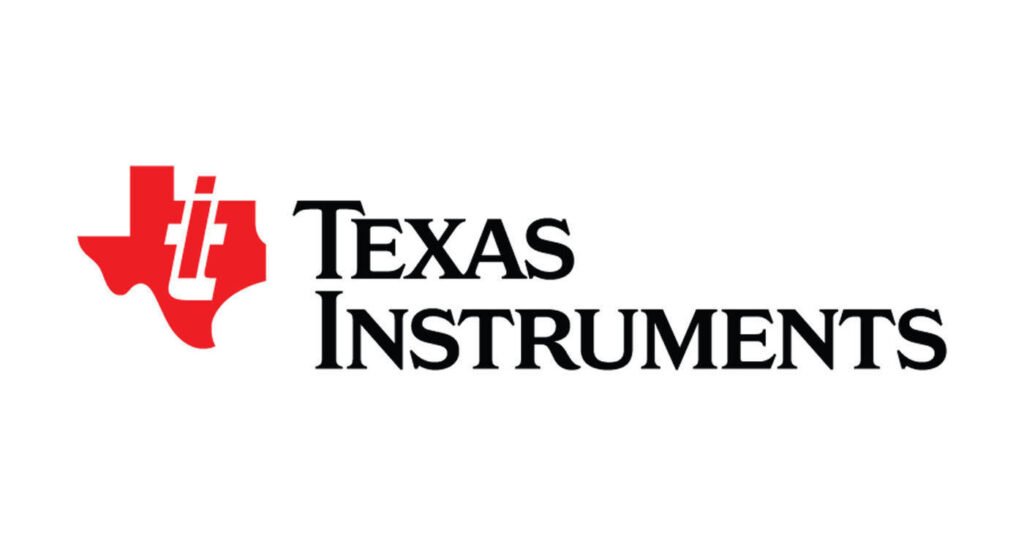
Texas Instruments
Over the past decade, TI’s core product lines—particularly in analog and embedded processing—have moved from differentiated to commodified. TI’s gross margin has organically tightened from the upper 60% range to around 58% as of March 2025 (TTM) while net profit margin has been a concern since it contracted to approximately 30%—down from ~43–44% around 2015–2021 . Although still healthy, these margins reflect margin compression no one predicted.
Analog devices still contribute over 75–80% of TI’s ~$16 billion in annual IC revenue. TI remains the largest analog supplier with about 19–20% market share as recently as 2022. Still, in the last two years TI lost ~2% market share in analog and embedded due to aggressive low-cost competition.
Drawing on my firsthand experience at TI and historical data, it’s clear the company excelled under CEO Richard Templeton through 2023—a period characterized by smart pivots, such as exiting the baseband processor business at its peak and few bad acquistions. TI then doubled down on its manufacturing strength. However, this strategic shift away from R&D toward large-scale production and commoditized products has had mixed outcomes.
Texas Instruments Competition
Chinese analog manufacturers—such as SG Micro (founded by ex‑TI staff), Silergy, 3peak—and global players like MPS are driving pricing pressure. Embedded RF‑SoC efforts face similar threats from Espressif and Nordic Semiconductor. This increased competition has squeezed TI’s historically high margins and growth.
Another factor on competition is that TI has been a late entrant in the stable automotive business where it compete with Infineon and NXP and other Japanese companies like Renesas & Rohm.
Risk for Texas Instruments
TI’s strategic focus on automotive and industrial markets offsets commoditization risk. Demand drivers include EVs, smart factories, 5G infrastructure, and IoT—each requiring analog/power management chips These end markets lend stability, long-term contracts, and higher switching costs—ensuring steady revenue streams.
- Share performance: TI’s stock has generated under 50% total return over the last seven years, excluding a near-term bounce .
- Margins: Compression and market share erosion suggest limited margin recovery.
- Geopolitical risk: TI’s global fabs and China exposure could weigh on future earnings.
In sum, TI’s growth potential is modest. While not a poor stock, it’s unlikely to be a breakout performer in coming years.
TI’s long history of steady dividends—raised for nearly 20 consecutive years—makes it a classic conservative income play. Its strong cash flow supports sustainable dividends, and its industrial/automotive exposure underpins steady demand.
Conservative investors: TI represents a solid income stock underpinned by recurring demand and financial discipline.
Growth seekers: Better suited to aim at dynamic sectors like AI leaders or emerging fabless firms.
Conclusion
Your insider understanding captures a clear picture: TI is morphing into a “slow-and-steady” stalwart rather than a high-growth innovator. The company’s pivot toward volume-based manufacturing kept profits robust, but at the cost of innovation leadership and margin peak performance. Competition from agile, low-cost players has chipped away at analog and embedded market dominance.
Still, TI remains financially strong—yielding ~3%, backed by ~$16 b in revenue, ~58% gross margin, and a ~30% net margin—while focusing on sectors with predictable demand (automotive/industrial). For investors seeking stable income and lower volatility, TI is a reasonable pick. However, for those chasing capital appreciation, TI likely won’t deliver the multiples seen in high-growth tech.



